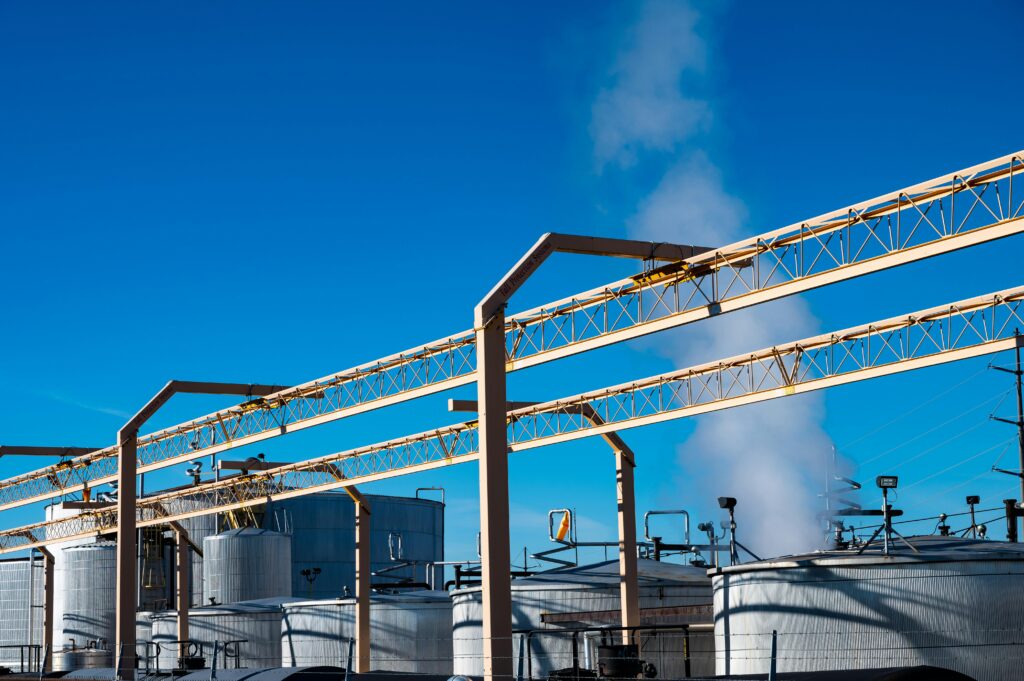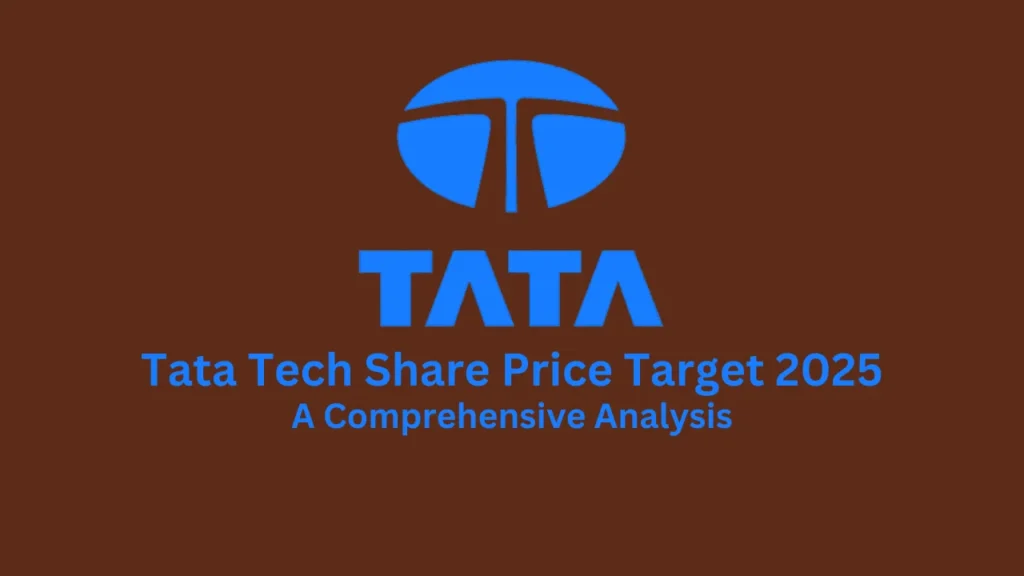Modern industrial facilities are increasingly complex, integrating advanced technologies, automated systems, and interconnected networks to streamline operations and boost productivity. While these innovations offer significant advantages, they also introduce a range of vulnerabilities that can compromise safety, efficiency, and security. From cyber threats to physical infrastructure gaps, understanding these risks is essential for maintaining operational integrity and protecting valuable assets. Addressing vulnerabilities proactively helps organizations stay resilient in the face of evolving challenges.
Legacy Systems and Outdated Technology
Many industrial facilities continue to rely on legacy systems that were not designed with modern security standards in mind. These outdated technologies often lack encryption, multi-factor authentication, and remote access controls, making them susceptible to breaches. As facilities expand and integrate newer components, the compatibility between old and new systems can create weak points. Regular assessments and phased upgrades are necessary to ensure that legacy infrastructure does not become a liability.
Poor Network Segmentation
The rise of Industrial Internet of Things (IIoT) devices has increased connectivity across industrial environments, but it has also made network segmentation more critical than ever. Without proper segmentation, a breach in one part of the network can quickly spread to other systems, including those controlling critical operations. Separating operational technology (OT) from information technology (IT), implementing firewalls, and using secure gateways can help contain threats and limit their impact. Effective segmentation is a foundational step in securing industrial operations.
Inadequate Physical Security Measures
While digital threats often dominate the conversation, physical security remains a vital concern. Facilities with unsecured access points, limited surveillance, or lax visitor protocols are vulnerable to theft, sabotage, and unauthorized tampering. Control rooms, equipment storage areas, and data centers should be protected with layered security measures such as badge access, perimeter fencing, and real-time monitoring. Physical security should be integrated into the broader risk management strategy to ensure comprehensive protection.
Lack of Employee Awareness and Training
Human error is one of the most common causes of security incidents in industrial settings. Employees who are unaware of proper protocols or who lack cybersecurity training can inadvertently expose systems to risk. This includes actions like using weak passwords, clicking on phishing links, or connecting unauthorized devices to the network. Implementing regular training programs that cover both physical and digital security practices helps build a culture of awareness and accountability. Empowered employees are a critical line of defense against potential threats.
Insufficient Patch and Update Management
Industrial control systems, software platforms, and connected devices require regular updates to address known vulnerabilities. However, many facilities struggle with patch management due to concerns about downtime or compatibility. Delayed updates can leave systems exposed to exploitation, especially when vulnerabilities are publicly known. Establishing a structured patching schedule and coordinating between IT and OT teams ensures that updates are applied efficiently without disrupting operations. Proactive maintenance is key to minimizing risk and maintaining system integrity.
Weak Incident Response Planning
Even with strong preventive measures, incidents can and do occur. Facilities without a clear incident response plan may face delays in containment, recovery, and communication, exacerbating the impact of a breach or disruption. A robust response plan should outline roles, escalation procedures, and recovery protocols tailored to the facility’s specific operations. Conducting regular drills and simulations helps validate the plan and prepare teams for real-world scenarios. Being prepared to act quickly and decisively is essential for minimizing damage and restoring normal operations.
Vulnerabilities in Third-Party Access
Industrial facilities often rely on external vendors, contractors, and service providers for maintenance, support, and supply chain operations. Each third-party connection introduces potential risks, especially if their security standards are not aligned with those of the facility. Unmonitored access or unsecured data exchanges can become entry points for malicious activity. Establishing strict access controls, conducting regular audits, and enforcing contractual security requirements help mitigate these risks and ensure that external partners do not compromise internal systems.
Conclusion
As industrial facilities continue to evolve, so do the threats that target their infrastructure and operations. Recognizing and addressing common vulnerabilities is a critical step toward building a secure, resilient environment. From outdated systems and network architecture to human factors and third-party risks, each area requires thoughtful attention and strategic planning. By investing in comprehensive security measures and fostering a culture of awareness, organizations can safeguard their operations and maintain continuity in an increasingly complex industrial landscape.



